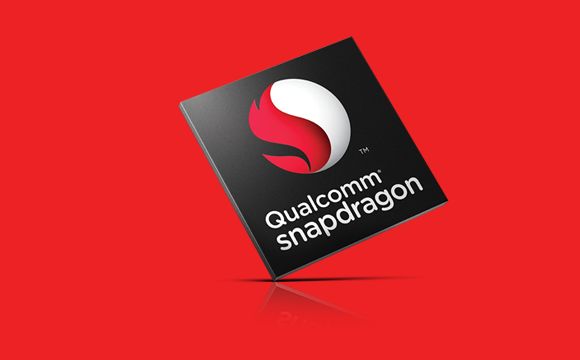Qualcomm has just unveiled their latest batch of chipsets, the Snapdragon 415, 425, 618, and 620, about time too considering that they’re getting serious competition from the likes of MediaTek and even Samsung’s own Exynos chipset.
There has been a stronger need for Qualcomm to step up their game, especially in the entry-mid range segment where low cost high performance is vital.
For starters, the Snapdragon 415 and 425 chipsets are octa-core chips, each having eight 28mm Cortex-A53 cores, which is a first for the SD400 line considering they have all been quad-core chips up to this point. Both also are based on the ARMv8 architecture which means they are 64 bit and come with two image signal processors which reportedly will give better camera performance. In terms of their GPUs, the 415 and 425 ship with an Adreno 405 GPU which supports display outputs of up to 1200 x 1920 pixels that allows hardware decoding of 1080p videos and DirectX 11.2 support if the handset is running Windows for phones.
The main difference between the 415 and 425 chips? the 415 comes with X5 LTE for 150Mbps download/ 50Mbps upload speed while the 425 is faster with an X8 LTE modem for 300Mbps max download speed and 100Mbps upload speed.

The two new members of the Snapdragon 600 line on the other hand, are the first to use the brand-new Cortex-A72 cores which is claimed to deliver twice the typical performance of the Cortex-A75 processors. The Snapdragon 618 is a 64-bit hexa-core chipset that has four Cortex-A53 cores mated to two Cortex-A72 ones, with a next-gen Adreno unit for it’s GPU as Qualcomm is keeping mum about the exact model at the moment. The 618 also features 4K video recording and hardware decoding while being capable of powering displays of up to 1600 x 2560 pixels.
As for the Snapdragon 620, the octa-core chip features four Cortex-A72 cores and four Cortex-A53 ones which makes the processing potential for this pretty massive. The rest of the specs are about the same as the Snapdragon 618 with 2K internal display support, 4K recording and playback as well as that next-gen Adreno graphics unit. The chips can be paired with camera sensors no larger than 13MP and both chipsets will have X8 LTE modems for download speeds of up to 300Mbps and upload of 100Mbps.
[SOURCE]







